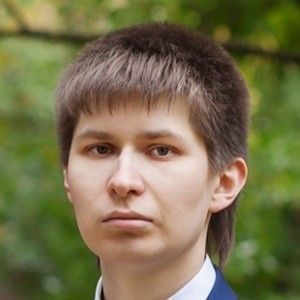338 reads
How to Aggregate Categorical Replies via Crowdsourcing (Demo from ICML 2021)
by
July 29th, 2021

Ph.D. in Natural Language Processing | Head of Ecosystem Development at Toloka.ai
About Author
Ph.D. in Natural Language Processing | Head of Ecosystem Development at Toloka.ai